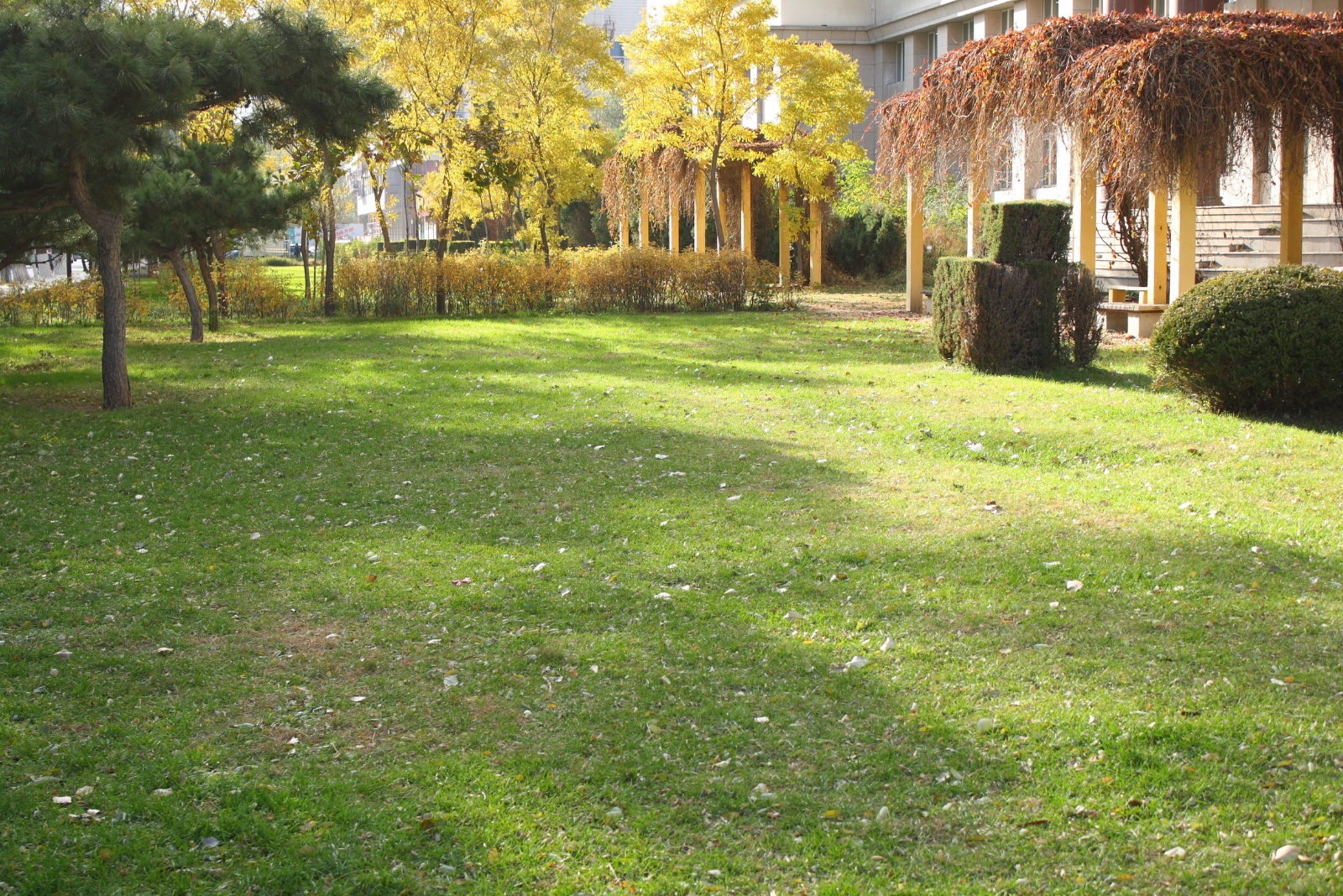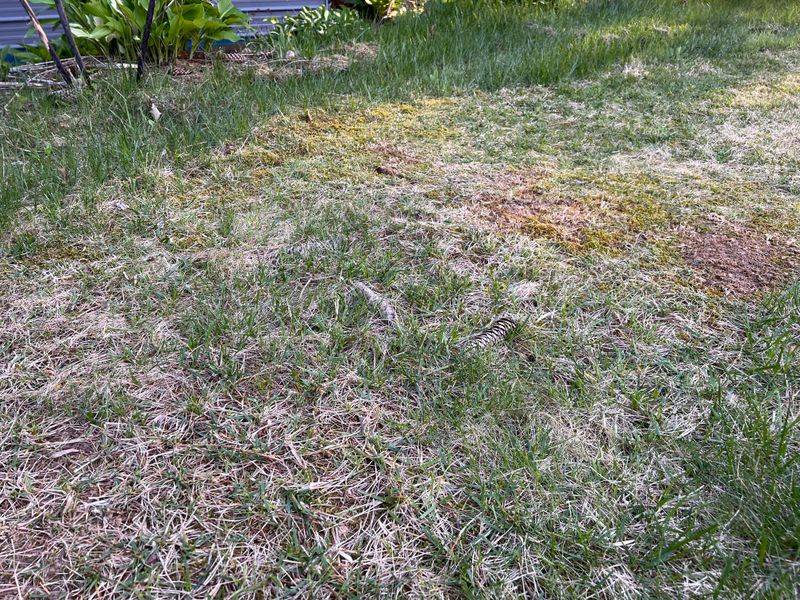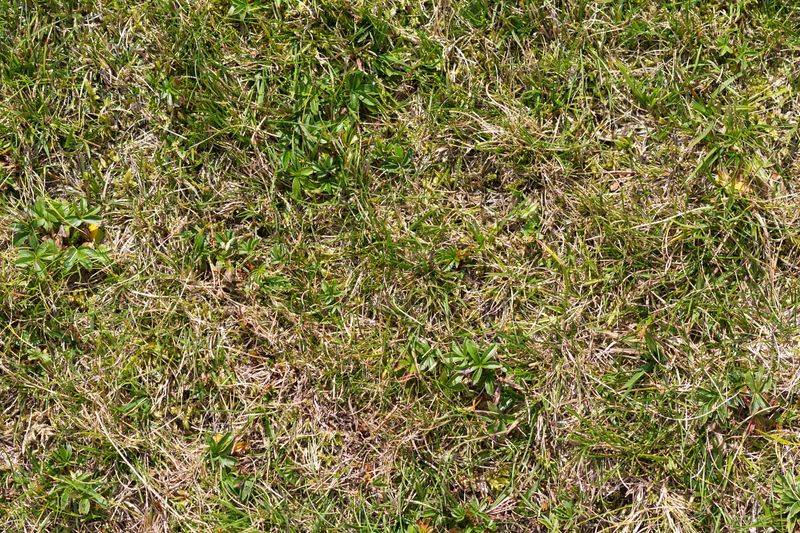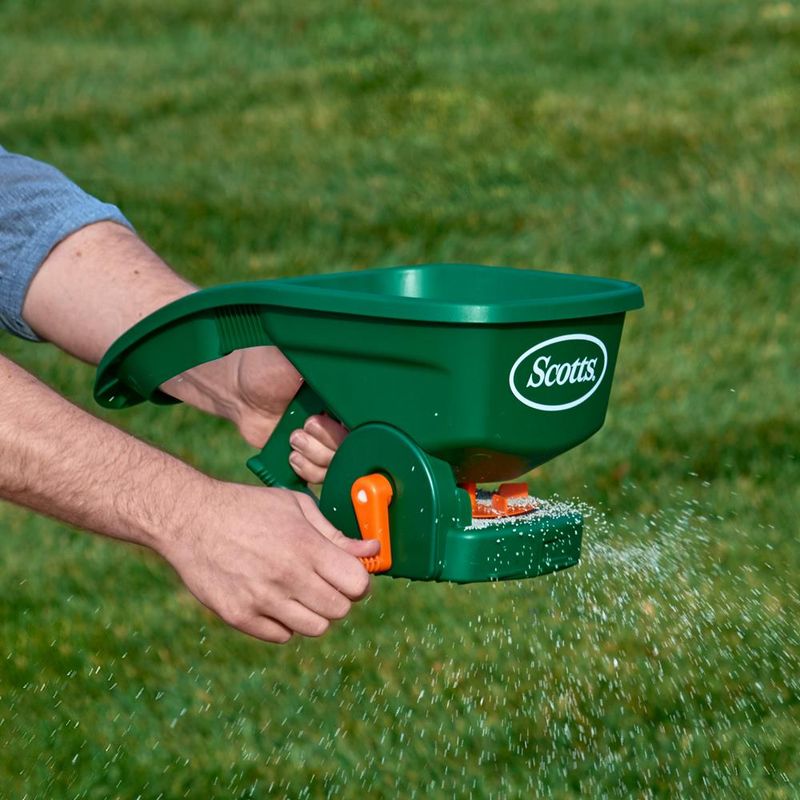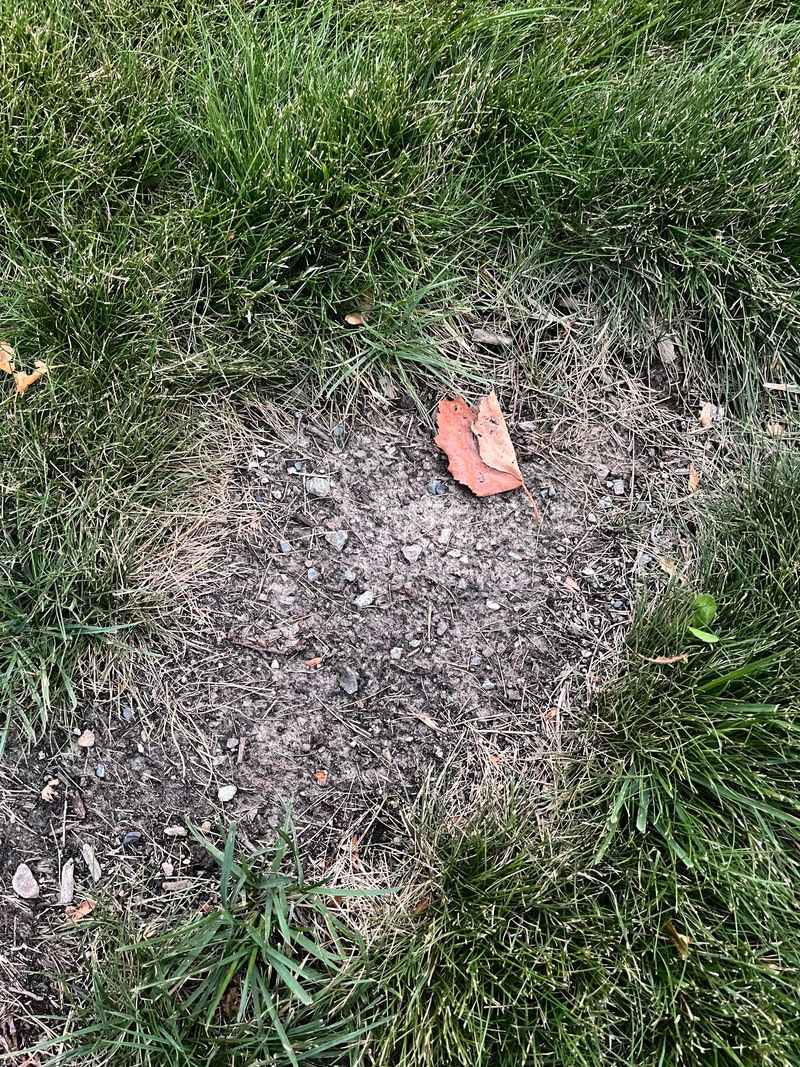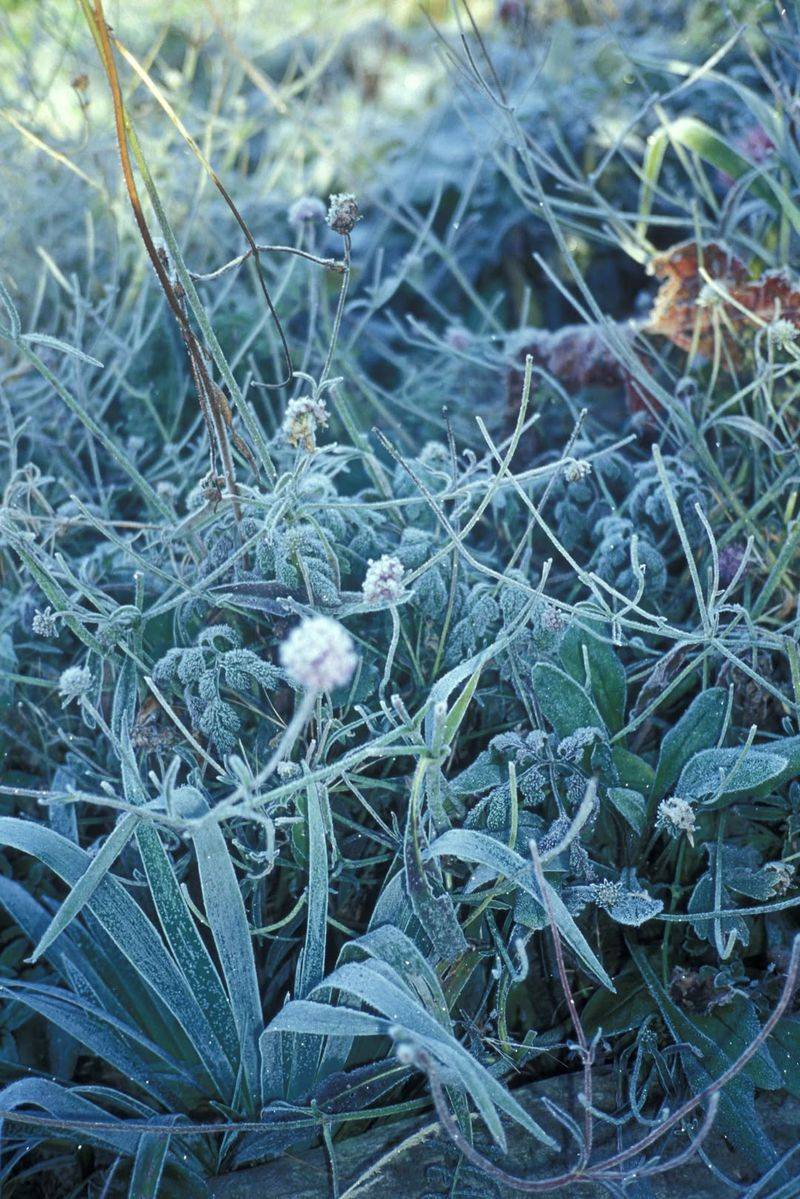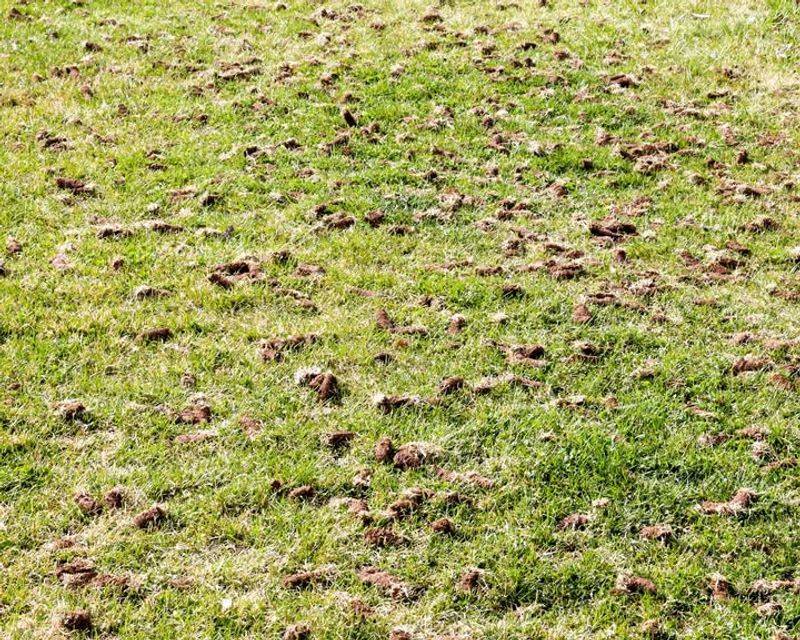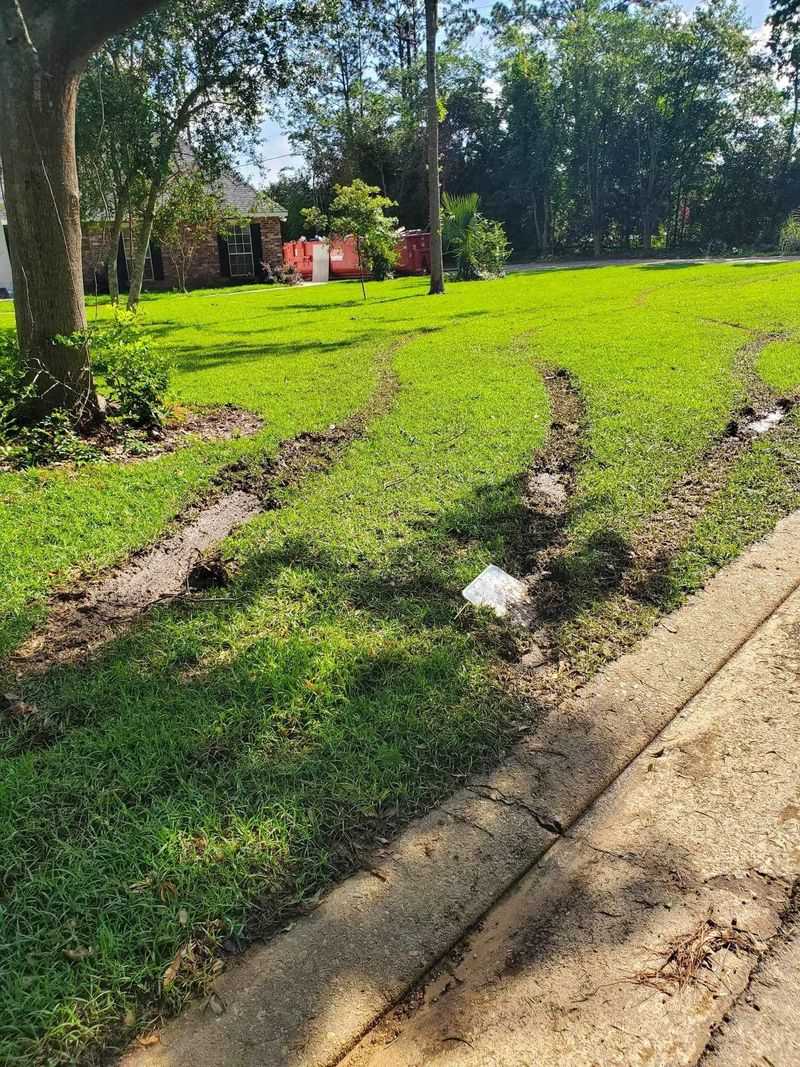As fall winds down in Pennsylvania, lawns are shifting into their slow, dormant phase—but this is exactly when small missteps can do the most damage. A few overlooked habits can weaken grass, invite disease, or leave yards patchy and stressed by the time spring arrives.
The good news is these problems are avoidable once you know what to look for. Here are some common late-fall lawn mistakes that might be holding Pennsylvania yards back.
1. Cutting Grass Too Short Before Winter
Many people think scalping their lawn before winter is helpful, but it actually weakens the grass. Cutting too short removes the protective blade length that shields roots from freezing temperatures.
Your grass needs about 2.5 to 3 inches of height going into winter. Shorter grass is more vulnerable to frost damage and disease.
Keep your mower blade higher during that final autumn cut to give your lawn the best chance of surviving Pennsylvania’s harsh winter months.
2. Leaving Thick Layers Of Leaves On The Lawn
Piles of beautiful autumn leaves might look festive, but they can suffocate your grass if left too long. Wet, matted leaves block sunlight and trap moisture, creating perfect conditions for mold and fungus.
Your Pennsylvania lawn needs air circulation and light, even during fall. Leaving leaves too long can kill grass underneath and create dead spots by spring.
Rake regularly or mulch leaves with your mower to prevent damage while still returning nutrients to the soil.
3. Overwatering As Temperatures Drop
Cooler fall weather means grass needs far less water than summer, yet some homeowners keep the same watering schedule. Excess moisture in cold weather encourages fungal diseases and root rot.
Pennsylvania’s fall typically brings enough natural rainfall for lawns. Running sprinklers unnecessarily wastes water and harms grass health.
Check soil moisture before watering and reduce frequency dramatically as temperatures drop below 50 degrees to keep your lawn healthy through winter.
4. Skipping The Final Fertilizer Application
Late fall fertilization is one of the most important lawn care tasks, yet many homeowners skip it entirely. Your grass stores nutrients in its roots during winter to fuel spring growth.
Without that final feeding, lawns emerge weak and pale when warm weather returns. A winterizer fertilizer with the right nitrogen balance strengthens roots and improves cold tolerance.
Apply fertilizer in late October or early November before the ground freezes for best results and a healthier lawn next year.
5. Ignoring Bare Patches And Thin Spots
Bare spots might seem like a spring problem, but fall is actually the ideal time to fix them. Cool temperatures and moisture create perfect conditions for grass seed germination.
Waiting until spring means weeds will claim those empty spaces first. Pennsylvania’s fall weather gives new grass time to establish strong roots before winter dormancy.
Overseed thin areas and repair bare patches now to enjoy a thicker, healthier lawn when growing season returns in a few months.
6. Walking On Frost-Covered Grass
Walking across your lawn on frosty mornings might seem harmless, but it actually breaks frozen grass blades and damages cell structures. Those footprints can turn brown and remain visible for weeks.
Frozen grass is extremely fragile and snaps easily under pressure. Each step crushes delicate blades that cannot repair themselves until spring.
Wait until frost melts before walking on your Pennsylvania lawn, or create designated pathways to protect grass from unnecessary winter damage and stress.
7. Neglecting To Aerate Compacted Soil
Compacted soil prevents water, air, and nutrients from reaching grass roots, slowly weakening your entire lawn. Summer foot traffic and heavy equipment create dense soil that grass struggles to penetrate.
Fall aeration is particularly effective because it allows roots to expand before winter. Pennsylvania’s clay-heavy soils especially benefit from this treatment.
Rent an aerator or hire professionals to create small holes throughout your yard, giving roots room to breathe and strengthening grass for the cold months ahead.
8. Parking Vehicles Or Equipment On The Lawn
Heavy vehicles and equipment create severe soil compaction and crush grass crowns, causing lasting damage that becomes obvious in spring. Even temporary parking can kill grass underneath.
Fall soil is often softer from rain, making it even more susceptible to compression. Tire ruts can remain visible for months and collect water that freezes.
Always use driveways or designated parking areas to protect your Pennsylvania lawn investment and avoid creating unsightly dead zones that require expensive repairs later.
9. Not Testing Soil pH Before Winter
Soil pH dramatically affects how well grass absorbs nutrients, but most homeowners never check it. Pennsylvania soils often become too acidic over time, preventing grass from thriving no matter how much you fertilize.
Fall testing gives you time to apply lime or sulfur amendments before spring. These products work slowly and need months to adjust pH levels.
Purchase an inexpensive test kit or send samples to your county extension office to learn what your lawn needs for optimal health and growth.

